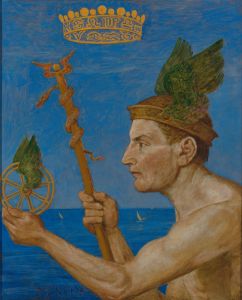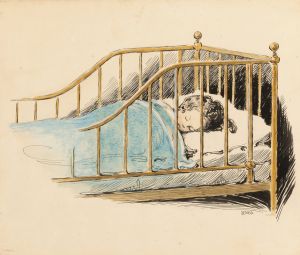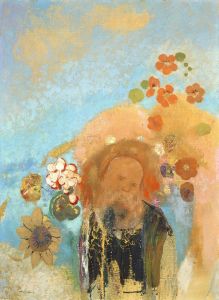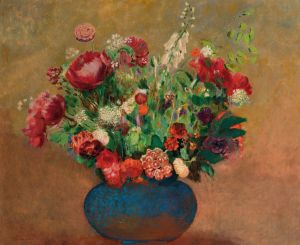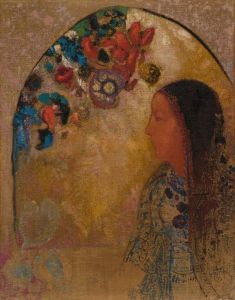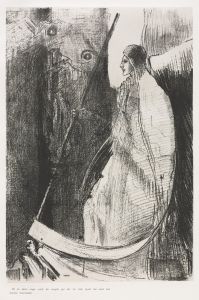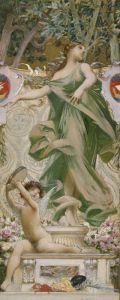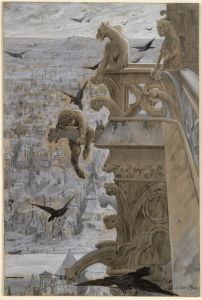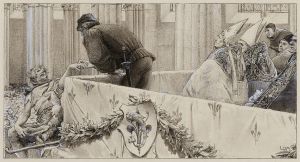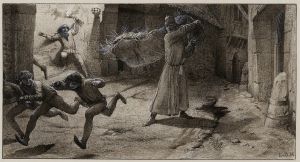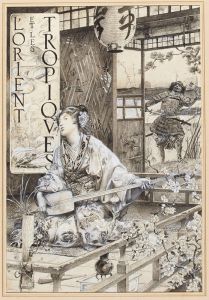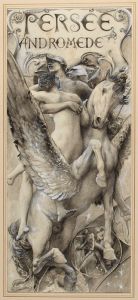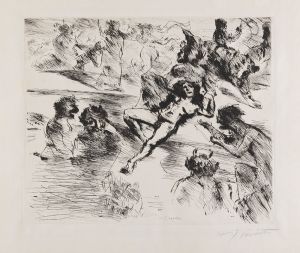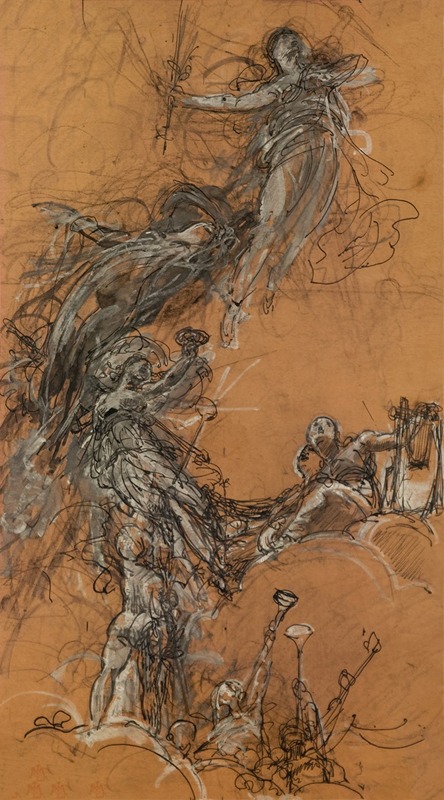
Étude de figures volantes
A hand-painted replica of Luc-Olivier Merson’s masterpiece Étude de figures volantes, meticulously crafted by professional artists to capture the true essence of the original. Each piece is created with museum-quality canvas and rare mineral pigments, carefully painted by experienced artists with delicate brushstrokes and rich, layered colors to perfectly recreate the texture of the original artwork. Unlike machine-printed reproductions, this hand-painted version brings the painting to life, infused with the artist’s emotions and skill in every stroke. Whether for personal collection or home decoration, it instantly elevates the artistic atmosphere of any space.
Luc-Olivier Merson was a notable French painter and illustrator, recognized for his contributions to the Symbolist movement in the late 19th and early 20th centuries. One of his works, "Étude de figures volantes," which translates to "Study of Flying Figures," exemplifies his skill in capturing ethereal and imaginative subjects. Merson's work often blended elements of mythology, religion, and fantasy, and this piece is no exception.
"Étude de figures volantes" is a study, suggesting that it was likely a preparatory work or an exploration of themes and forms that Merson intended to refine further. Studies are crucial in an artist's process, allowing them to experiment with composition, movement, and anatomy before committing to a larger, more detailed piece. In this study, Merson focuses on the depiction of figures in flight, a theme that resonates with the Symbolist interest in transcendence and the exploration of the human spirit.
The figures in the study are rendered with a delicate attention to form and movement, capturing the grace and fluidity associated with flight. Merson's technique likely involved a combination of pencil, ink, or charcoal, mediums commonly used for studies due to their versatility and ease of use. The choice of medium would have allowed Merson to quickly sketch and adjust the figures, emphasizing the dynamic poses and the interaction between them.
Merson's interest in flying figures can be linked to the broader Symbolist fascination with dreams, mythology, and the supernatural. The late 19th century was a period of great interest in these themes, as artists and writers sought to explore the unseen and the mystical aspects of human experience. Flying figures, often depicted as angels or mythological beings, symbolize freedom, escape, and the connection between the earthly and the divine.
While specific details about "Étude de figures volantes" are limited, it is consistent with Merson's broader body of work, which often featured religious and allegorical subjects. Merson was known for his meticulous attention to detail and his ability to convey emotion and narrative through his compositions. His works were well-received in his time, and he was awarded the prestigious Prix de Rome in 1869, which allowed him to study in Italy and further develop his artistic style.
Merson's influence extended beyond painting; he was also a prolific illustrator, contributing to various publications and projects. His ability to convey complex themes through both large-scale paintings and smaller studies or illustrations demonstrates his versatility and depth as an artist.
In summary, "Étude de figures volantes" by Luc-Olivier Merson is a testament to the artist's skill in capturing the ethereal and the imaginative. While specific information about this particular study is limited, it reflects the broader themes and techniques that characterize Merson's work. His contributions to the Symbolist movement and his exploration of mythological and religious themes continue to be appreciated by art historians and enthusiasts alike.





